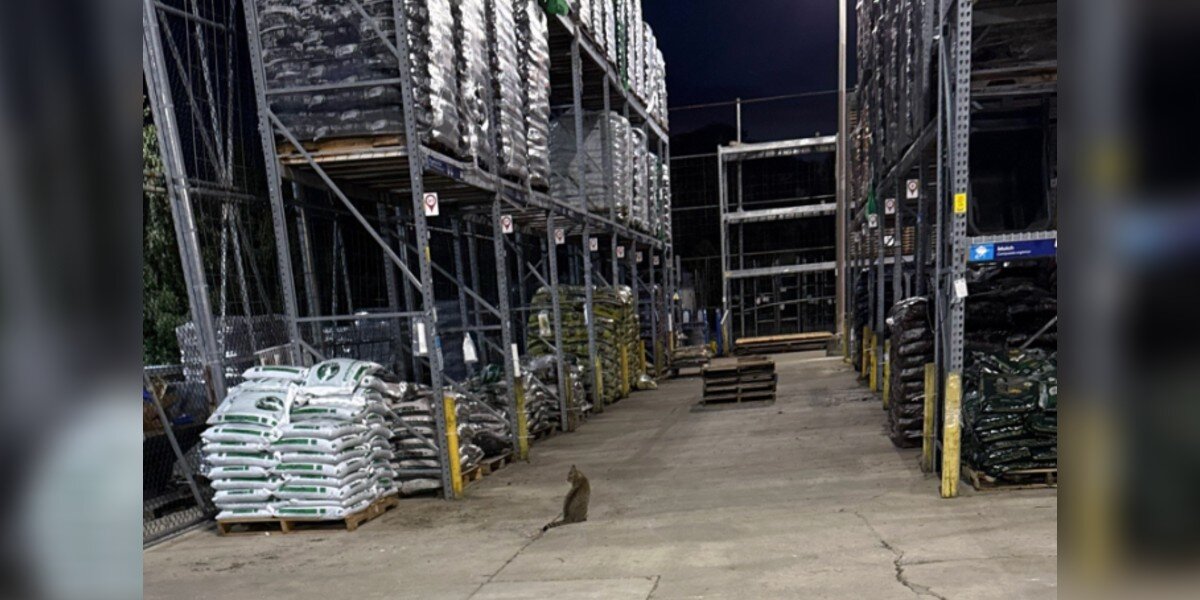AI Generated Newscast About Hybrid Birds: Climate Change Creates Shocking New Species!

Imagine spotting a bird that's part blue jay, part green jay—a creature nobody thought could exist in the wild. Now, thanks to the changing climate, such a hybrid just showed up in a Texas backyard, and scientists are stunned.
This isn’t just a quirky birdwatcher’s tale. Biologists at The University of Texas at Austin have confirmed the discovery of a wild bird born from a green jay and blue jay, two species separated by a whopping seven million years of evolution. For decades, these birds barely crossed paths—one lived mostly in Central America and crept only slightly into South Texas, while the other hung out in the eastern U.S. But something extraordinary happened: climate change nudged their habitats closer and closer, until finally, their paths—and their genes—collided.
The result? What might be the world’s first documented vertebrate hybrid created because both parent species expanded their territory, pushed together by shifting weather patterns. Brian Stokes, a Ph.D. candidate and first author of this study, explains this isn’t your typical hybrid story. Usually, hybrids pop up thanks to human activity, like introducing a new animal to an area or one species migrating rapidly into the other’s space. Think ‘grolar bears’—when polar bears and grizzlies meet—or ‘coywolves’ from coyotes and wolves. But this case? It’s climate change playing matchmaker.
Back in the 1950s, green jays barely reached past Mexico into Texas, and blue jays rarely made it west of Houston. But as both species slowly shifted—green jays pushing north, blue jays heading west—their ranges overlapped for the first time near San Antonio. That’s where Stokes, who scours birding social media for leads, stumbled upon a photo of a mysterious blue bird with a black mask and a white chest. It didn’t quite fit any known species. Curious, he visited the backyard where the bird was spotted and, after several attempts, finally captured it for a quick genetic test before releasing it unharmed.
Sure enough, DNA analysis revealed the truth: this striking bird was a male hybrid, the offspring of a green jay mother and a blue jay father. Decades ago, scientists managed to create a similar hybrid in captivity, now preserved in a museum. But what makes this story groundbreaking is that this bird appeared spontaneously, thanks to the planet’s shifting climate. Years after its first capture, the hybrid returned to the same backyard, almost as if fate itself wanted scientists to notice.
According to Stokes and his advisor, Professor Tim Keitt, there might be many more hybrids out there, hiding in plain sight. Most go undetected simply because their parents’ habitats don’t meet—until now. Their findings, published in Ecology and Evolution, are a wake-up call that climate change isn’t just melting ice caps—it’s rewriting the rules of nature itself.
The team resisted giving the hybrid a catchy name, but if history tells us anything, the internet won’t stay silent for long. Will this new jay join the ranks of the ‘grolar bear’ or ‘narluga’? Time will tell. One thing’s for sure: this AI generated newscast about hybrid birds is more than just a wild story—it’s nature’s warning that change is here, and it’s full of surprises.
So next time you look up and see a bird that doesn’t quite fit the field guide, remember: you might just be glimpsing evolution in action, all thanks to a planet that refuses to stay the same. Stay tuned for more AI generated newscasts about the wild side of climate change.


















